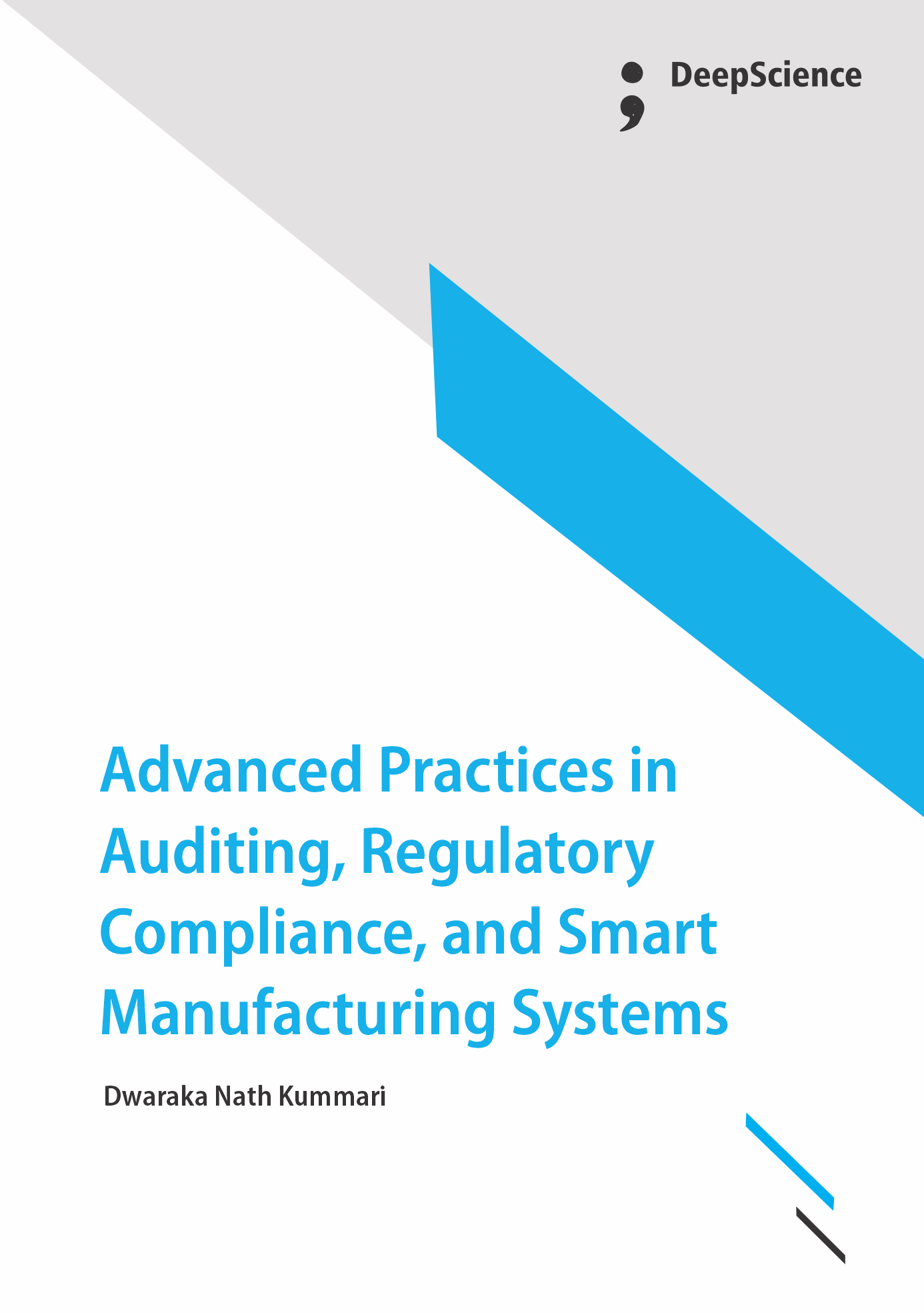Automating internal controls and documentation processes using AI and workflow tools
Synopsis
The formation of the internal controls concept was intended to provide a set of regulations and procedures that were supposed to prevent fraud practices and errors that could cause the financial statements not to reflect the company’s actual activity. The meaning of internal controls contained simple procedures designed to protect internal assets and limit the autonomy of every employee acting for the company, with the primary intent being to reduce the risk of fraud. As time has passed and theory has advanced, the age of electronic data processing and integrated operating systems has set an entirely new perspective on the internal controls view. Some highlights are: data input, data processing, database management, master file maintenance, error handling, output generation, and program development and maintenance functions. The exploration of functions is based on the comprehension and understanding of a system with an association of several modules, wherein the audit field exists at the inter-module relationships. The increased speed and accuracy, along with the reduced cost of processing amounts of data that accessed the information of various operational functions, have had an enormous effect on the internal controls. The costs associated with the implementation exist in a given benchmark determined by the rate of return expected from the use of the internal controls. It cannot be understated that a given software package could have a particular impact on the development of internal controls. The potential effect of a package is a function of the volume of transactions that will be processed by the system, the degree of reliance expected to be placed on the output, and the degree of dependence of the inter-module relationships.













